19 GPTs for Hazard Identification Powered by AI for Free of 2025
AI GPTs for Hazard Identification refer to advanced artificial intelligence tools based on Generative Pre-trained Transformers technology, specifically designed to recognize, evaluate, and predict potential hazards across various domains. These tools leverage natural language processing and machine learning to analyze vast amounts of data, identify patterns, and provide insights into potential risks, making them invaluable for ensuring safety and compliance in operations.
Top 10 GPTs for Hazard Identification are: Occupational Health and Safety Consultant,營造安全GPT,Safety Card Assistant,Safety Sentinel,Incident Investigation,Safety Scout,ConstructSafe Guardian,ロボ リスク アナリスト,Earthquake Home Help,EHS Advisor
Occupational Health and Safety Consultant
AI-powered Occupational Health and Safety insights

營造安全GPT
Enhancing construction safety with AI
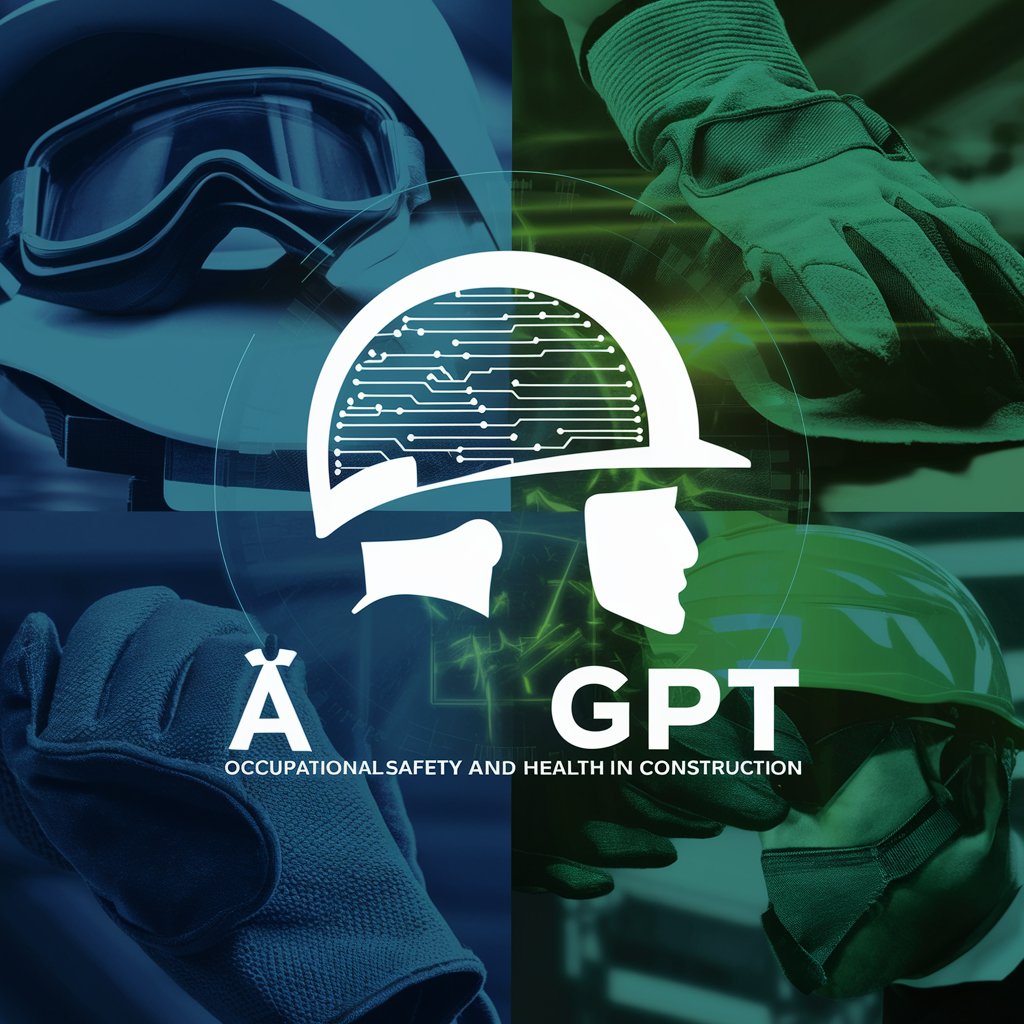
Safety Card Assistant
Streamline safety with AI-powered observations

Safety Sentinel
Enhancing Safety with AI Insights
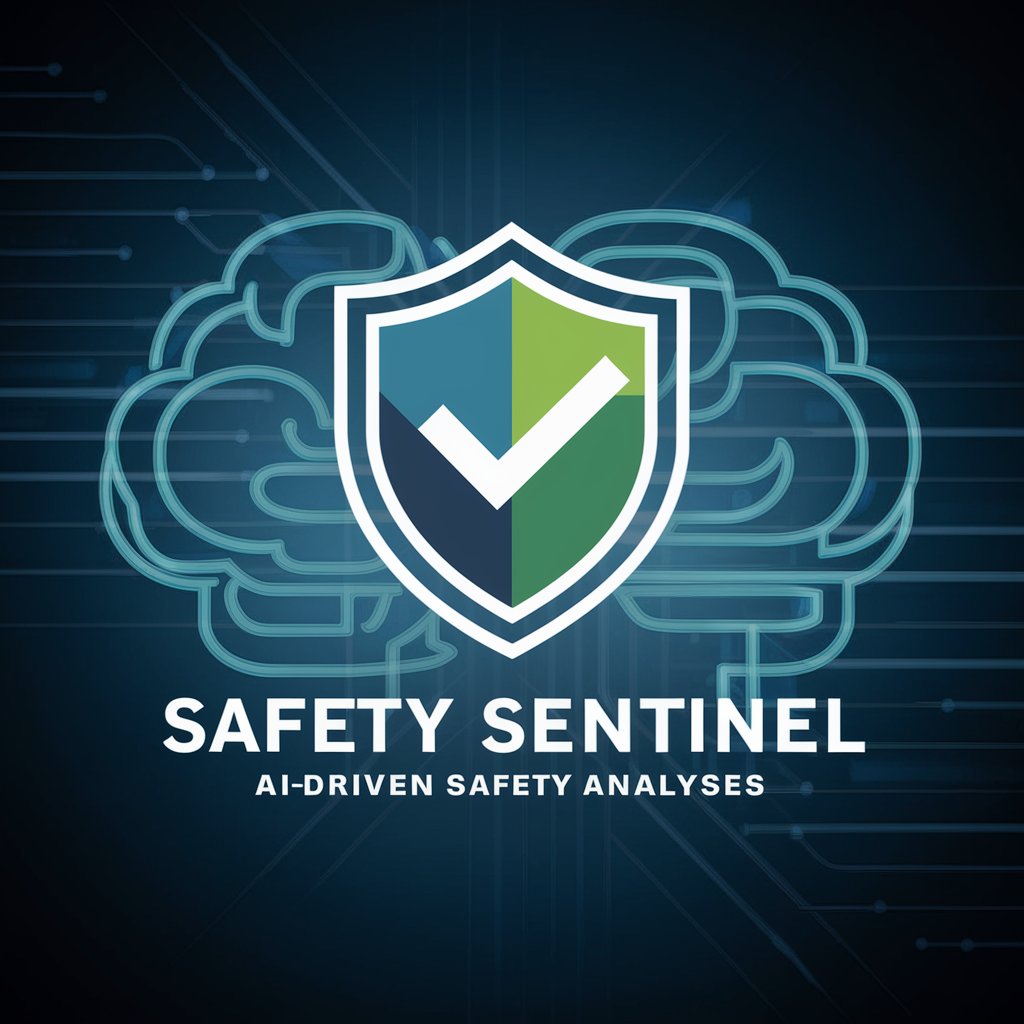
Incident Investigation
Unlock Insights, Prevent Accidents

Safety Scout
AI-Powered Workplace Safety Enhancer

ConstructSafe Guardian
Elevating Construction Safety with AI
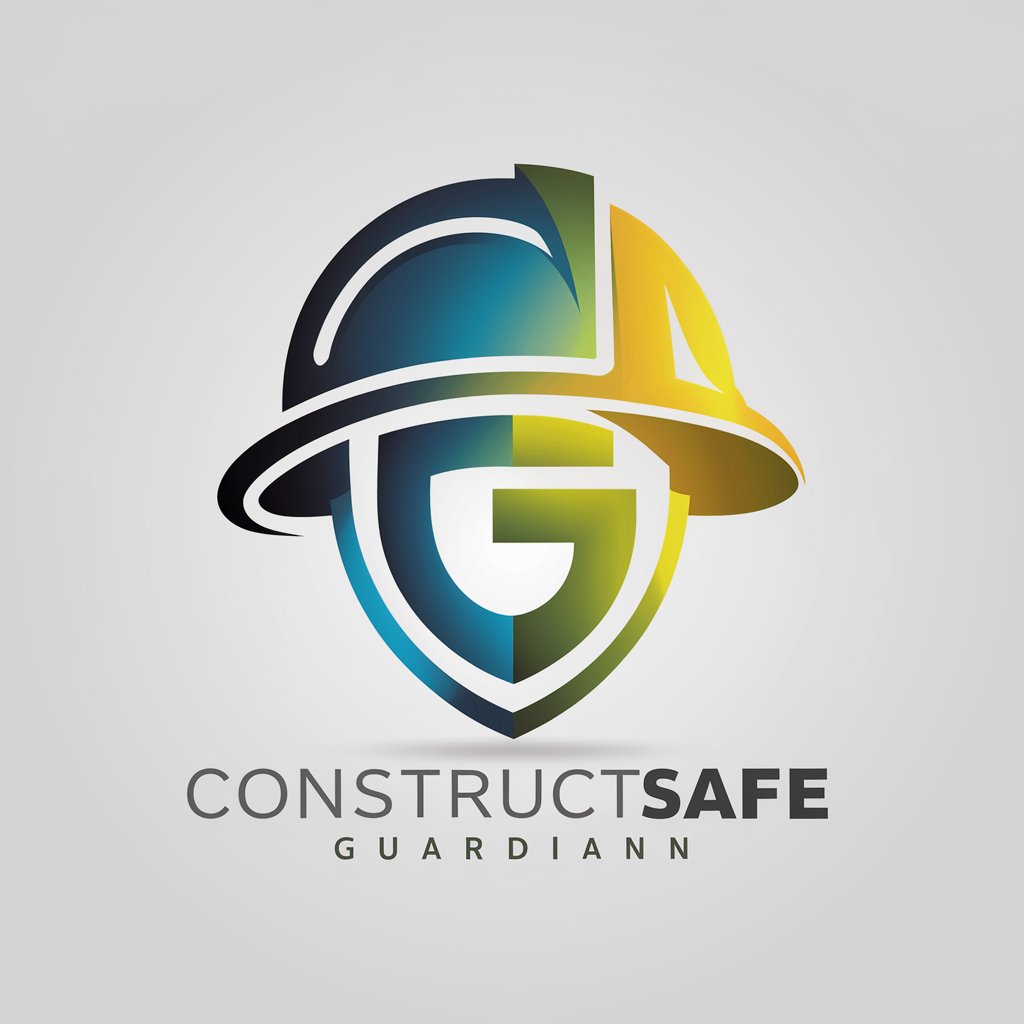
ロボ リスク アナリスト
AI-powered Risk Analysis for Manufacturing
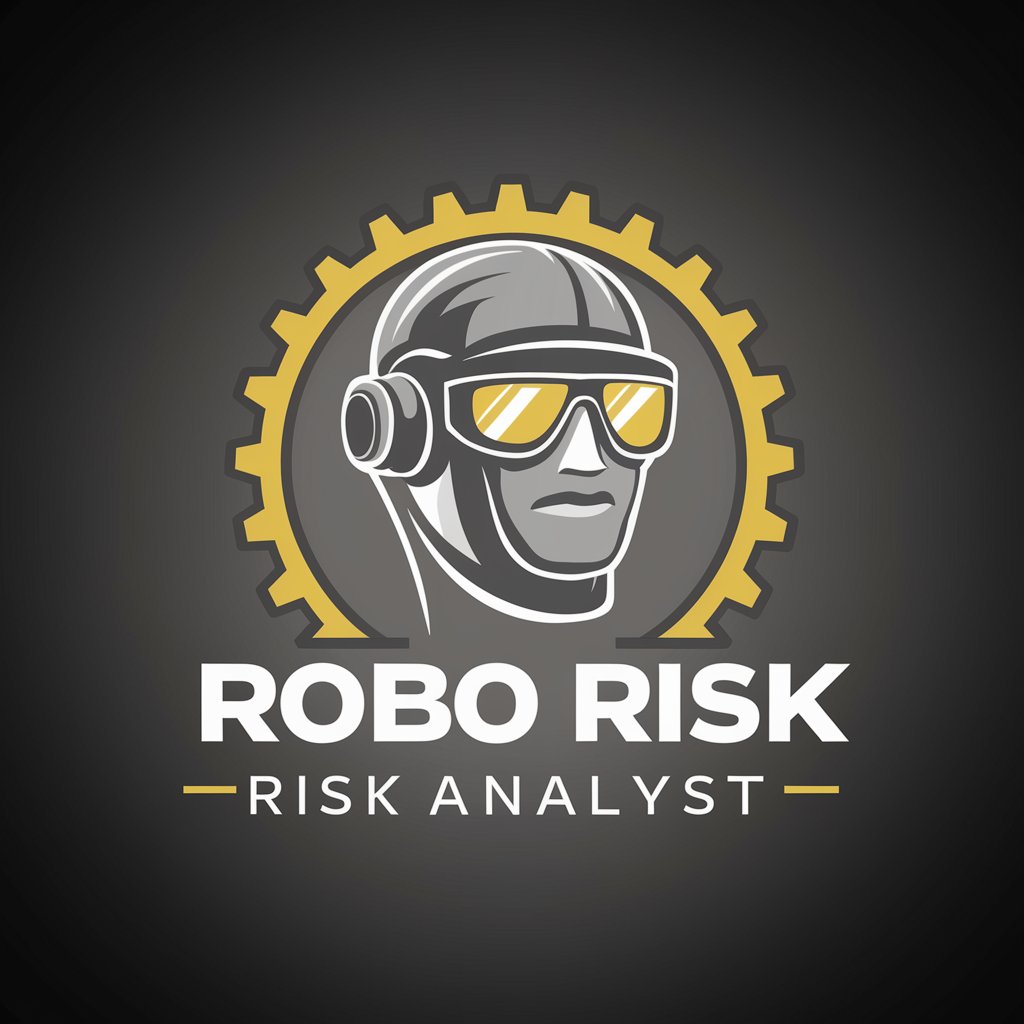
Earthquake Home Help
AI-powered Earthquake Safety Insights
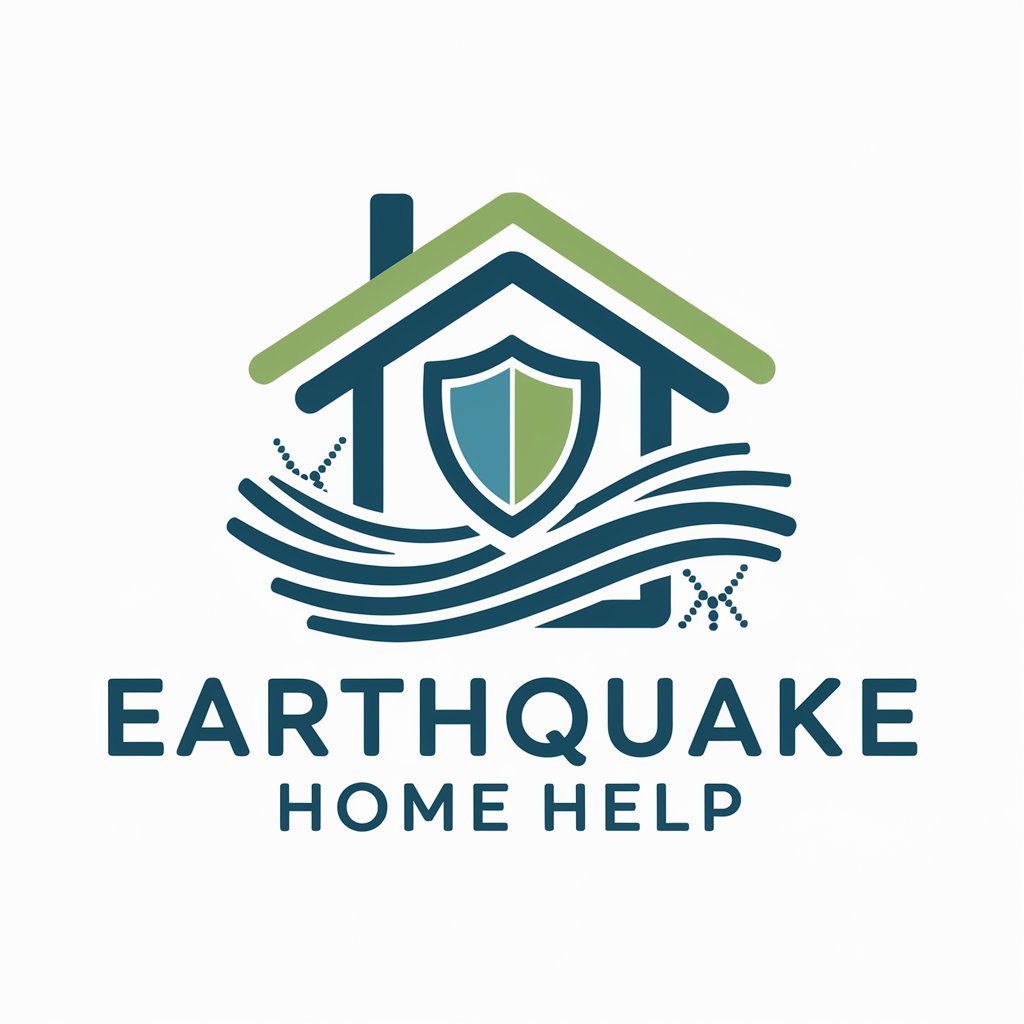
EHS Advisor
Streamlining EHS Compliance with AI
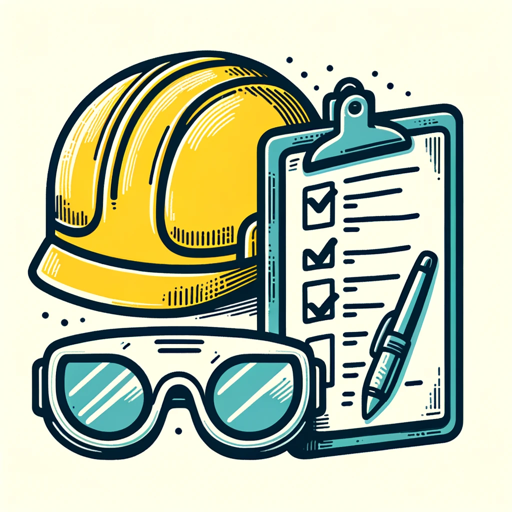
セーフティエンハンサー
Enhancing workplace safety with AI
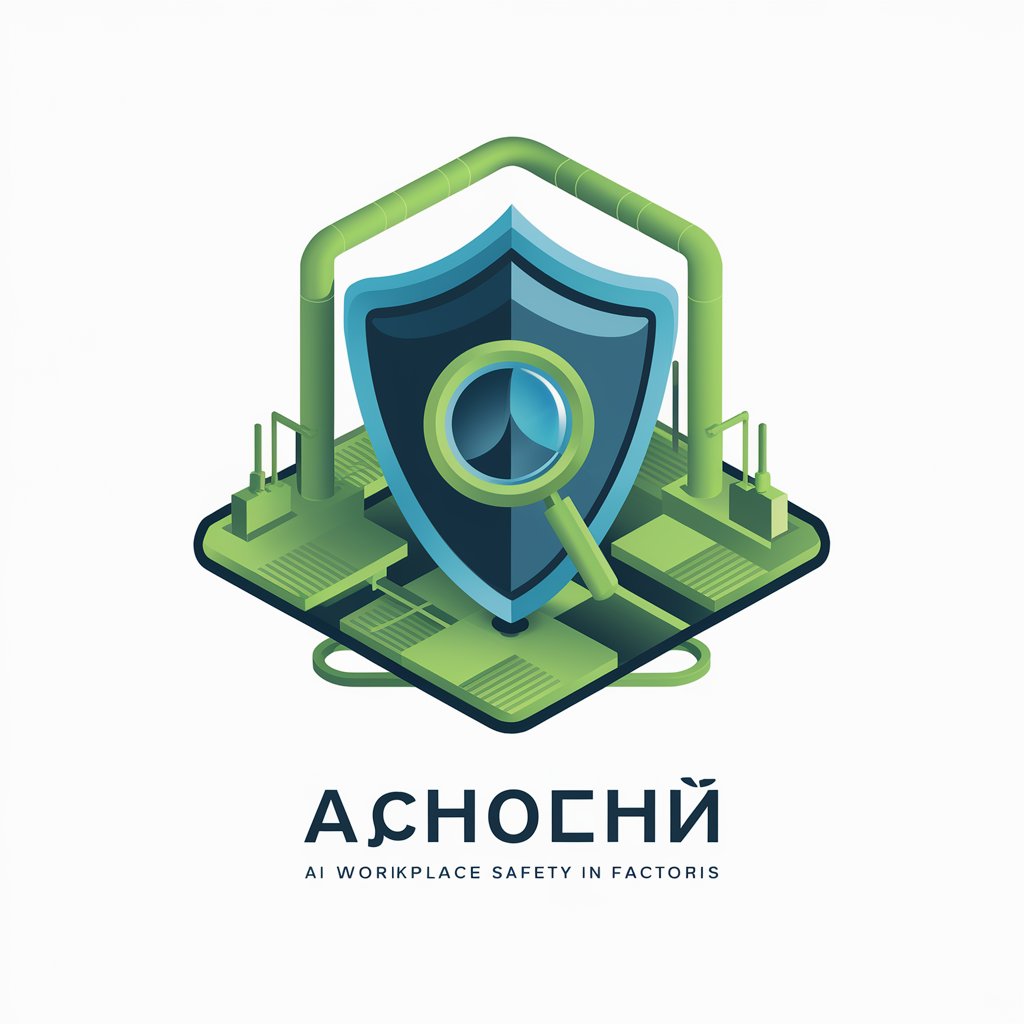
Operations Safety
Empowering Safe Operations with AI
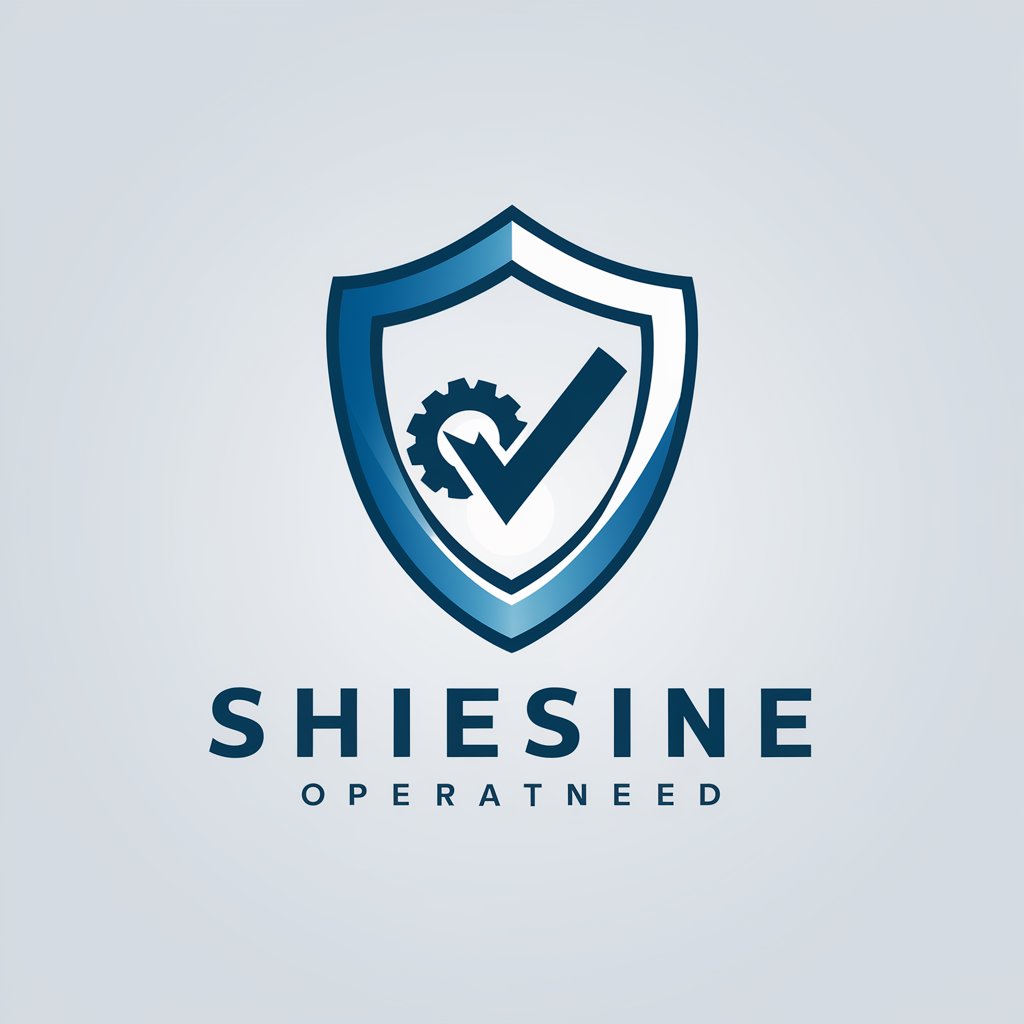
工贸企业重大隐患判定
AI-Powered Risk Detection
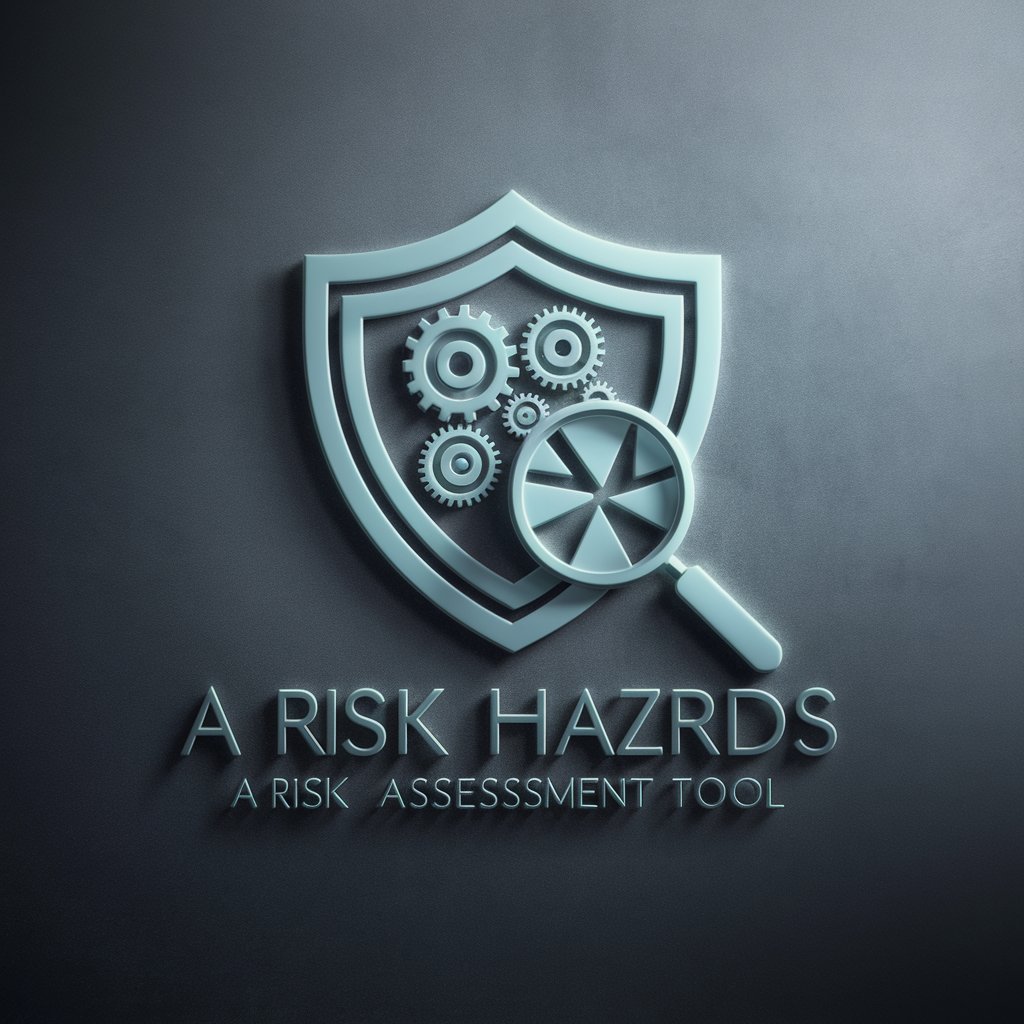
Tailboard Talk
AI-powered Construction Safety Advisor

TAFE MRA Assistant
AI-powered Risk Management Simplified
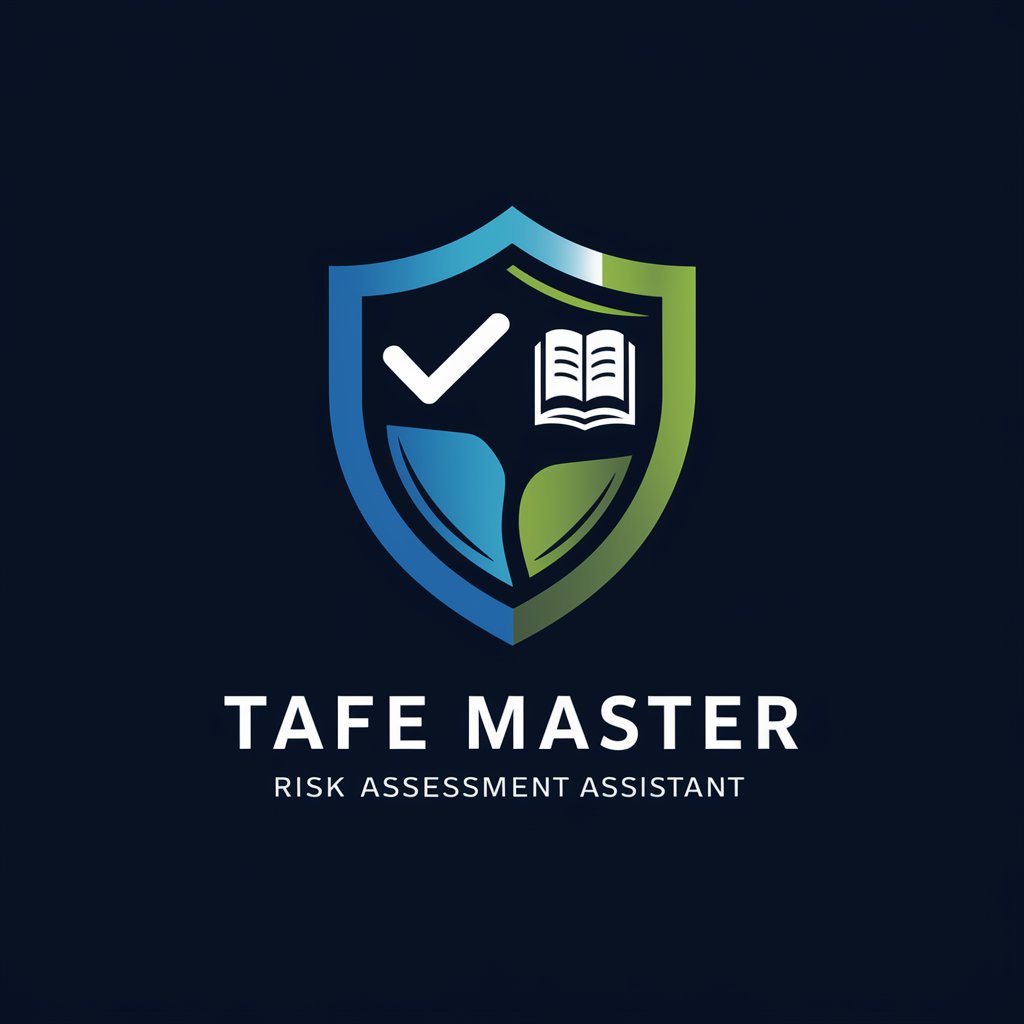
SafeScan for labels
Unveil Ingredients with AI Power

Accident analyst
Deciphering Accidents with AI
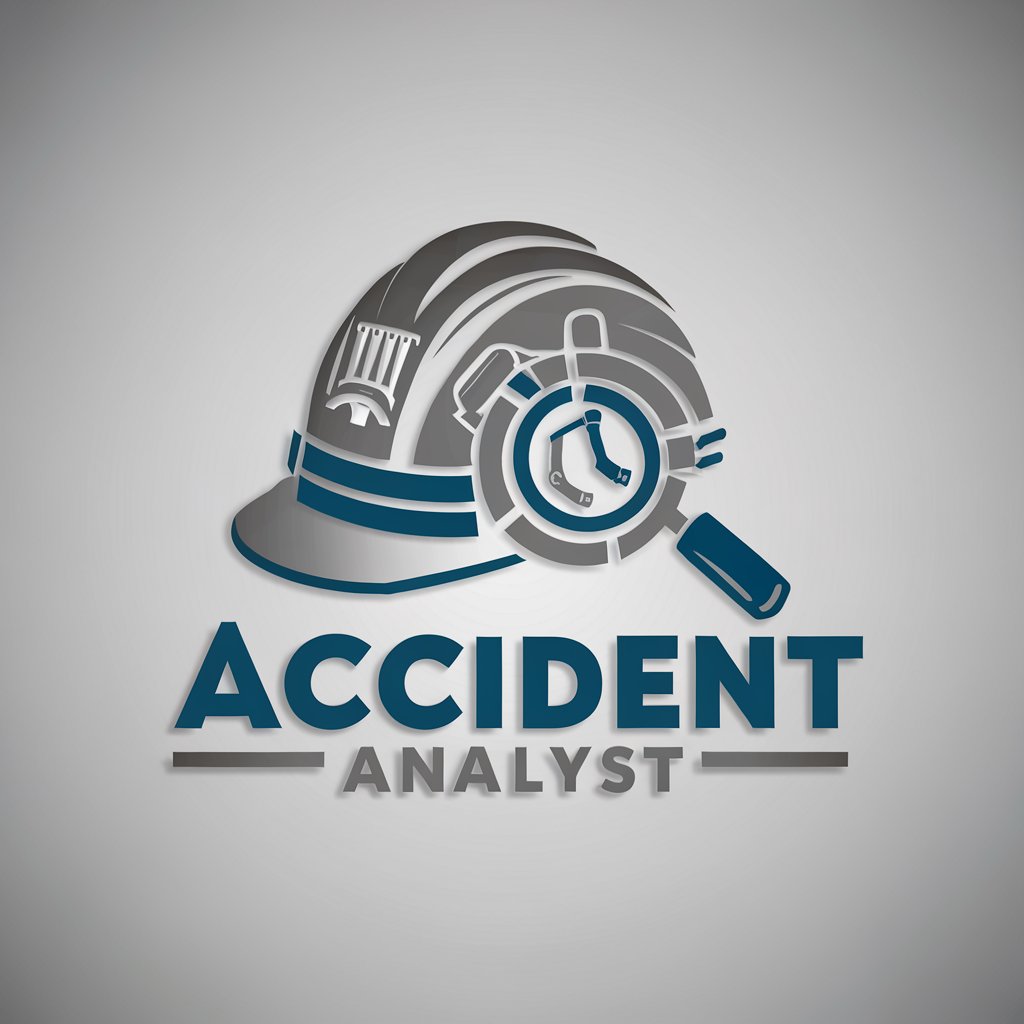
Investigación de Accidentes Laborales
Decoding accidents with AI
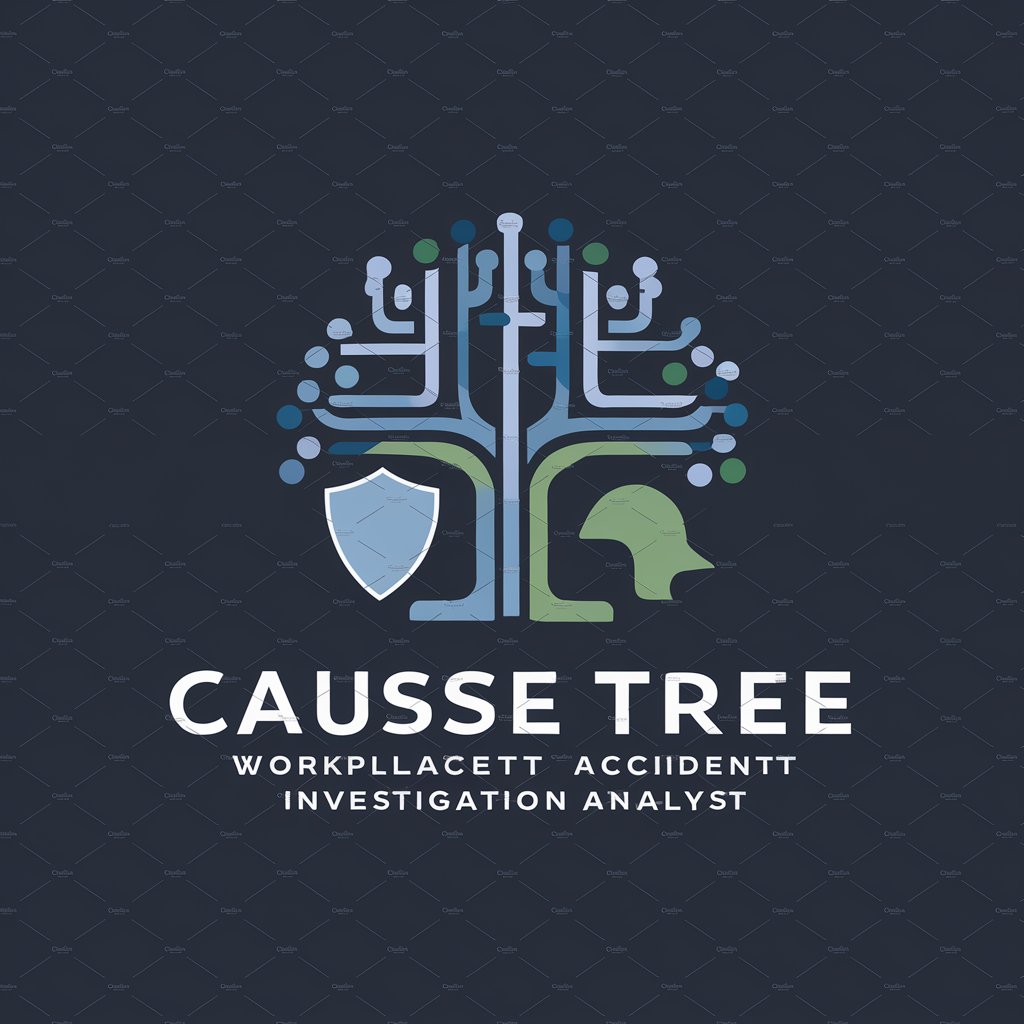
Safety Observer
Elevating Safety with AI Insight
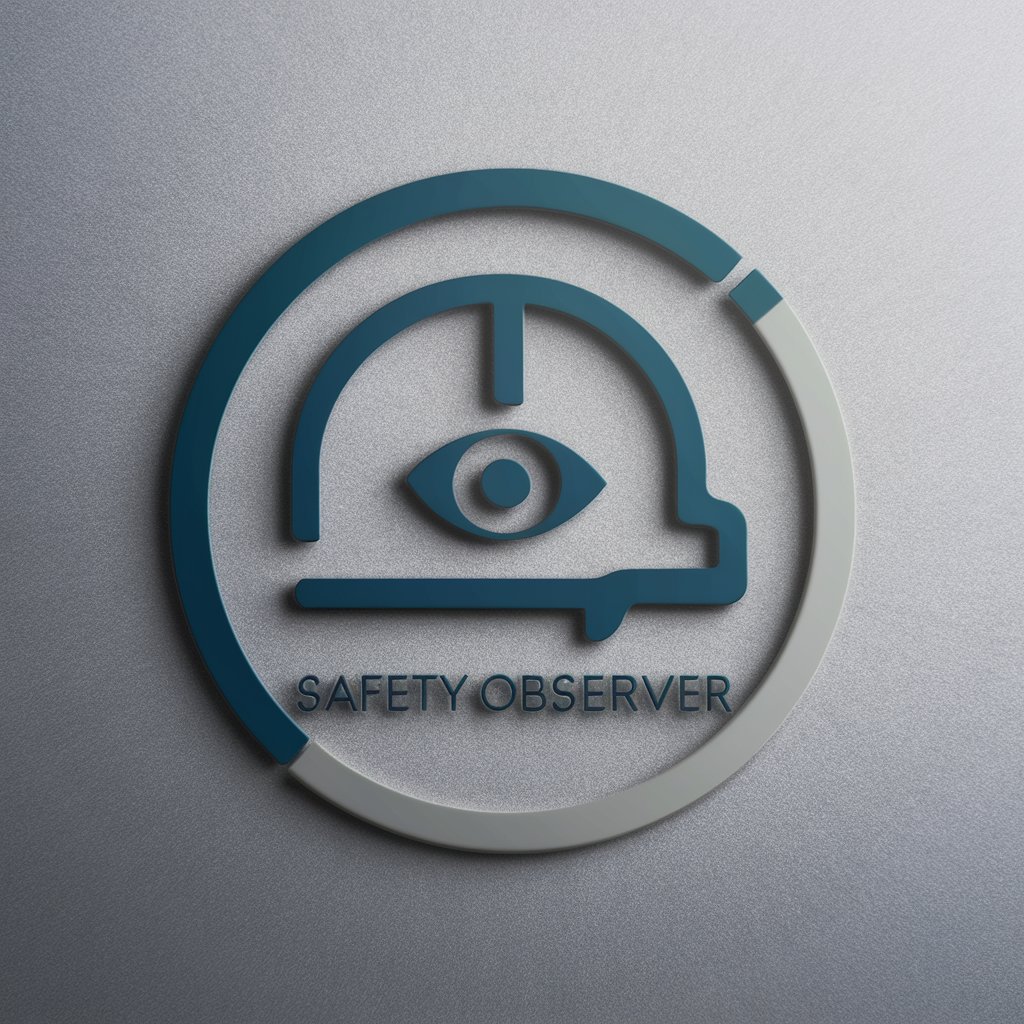
Essential Attributes of AI GPTs in Hazard Identification
These AI GPTs stand out for their adaptability across diverse hazard identification scenarios, ranging from industrial safety to environmental risk assessments. Key features include real-time data analysis, predictive modeling, and the ability to understand and process technical language relevant to safety standards and regulations. Furthermore, their capacity for continual learning allows them to evolve with new data, enhancing their precision in identifying and mitigating potential hazards.
Who Benefits from Hazard Identification AI GPTs
The primary users of these AI GPT tools span from safety novices seeking to understand basic hazard identification principles, to seasoned professionals in fields like manufacturing, construction, and environmental science. The tools' intuitive interfaces make them accessible to non-coders, while offering advanced functionalities and customization options for developers and technical experts, thereby broadening their applicability.
Try Our other AI GPTs tools for Free
Environmental Health
Discover how AI GPTs for Environmental Health leverage advanced AI to support sustainable environments and public health through data analysis, predictive modeling, and tailored solutions.
Randomized Events
Explore AI GPT tools designed for Randomized Events, offering tailored solutions for generating, analyzing, and predicting random outcomes across various fields.
Solar Power
Explore AI GPTs for Solar Power: Tailored AI solutions enhancing solar energy projects, education, and innovation with advanced data analysis and content generation.
Battery Storage
Discover how AI GPTs for Battery Storage revolutionize energy management with predictive analytics, optimization, and renewable integration.
Industry Compliance
Discover AI GPTs for Industry Compliance: Tailored AI solutions transforming how businesses navigate complex regulations and standards, ensuring operational efficiency and risk minimization.
Presidential History
Explore the past with AI GPTs for Presidential History. Discover, learn, and engage with the stories of presidents through advanced AI tools designed for everyone from students to historians.
Expanding the Horizon: AI GPTs in Hazard Management
AI GPTs for Hazard Identification are not just tools but partners in risk management, offering scalable solutions across sectors. Their integration capabilities, combined with user-friendly interfaces, make them a cornerstone for future safety management strategies, capable of adapting to emerging challenges and integrating seamlessly into existing workflows.
Frequently Asked Questions
What exactly are AI GPTs for Hazard Identification?
They are AI-driven tools designed to detect, analyze, and predict potential hazards using natural language processing and machine learning, tailored specifically for safety and risk management applications.
How do these tools identify hazards?
They analyze data, recognize patterns, and use predictive algorithms to identify potential risks, drawing on a vast repository of safety standards and regulations to provide contextually relevant insights.
Can non-technical users utilize these tools effectively?
Yes, these tools are designed with user-friendly interfaces that enable individuals without programming skills to leverage their capabilities for hazard identification.
How do these AI GPTs adapt to new hazard scenarios?
Through machine learning and continual data ingestion, they can evolve and adapt to new types of hazards, ensuring their effectiveness over time.
What makes these tools different from traditional hazard identification methods?
Their ability to process and analyze large volumes of data in real-time, coupled with predictive modeling, provides a more dynamic and comprehensive approach to hazard identification.
Can these tools integrate with existing safety management systems?
Yes, many AI GPTs for Hazard Identification are designed to be compatible with existing safety management platforms, allowing for seamless integration and enhanced functionality.
Are there customization options available for specific industry needs?
Absolutely, developers and technical professionals can tailor these tools to meet the unique requirements of different industries, ensuring relevance and effectiveness.
What is the future of AI GPTs in hazard identification?
The future looks promising, with advancements in AI and machine learning continually enhancing the accuracy, adaptability, and applications of these tools in various sectors for improved safety and risk management.